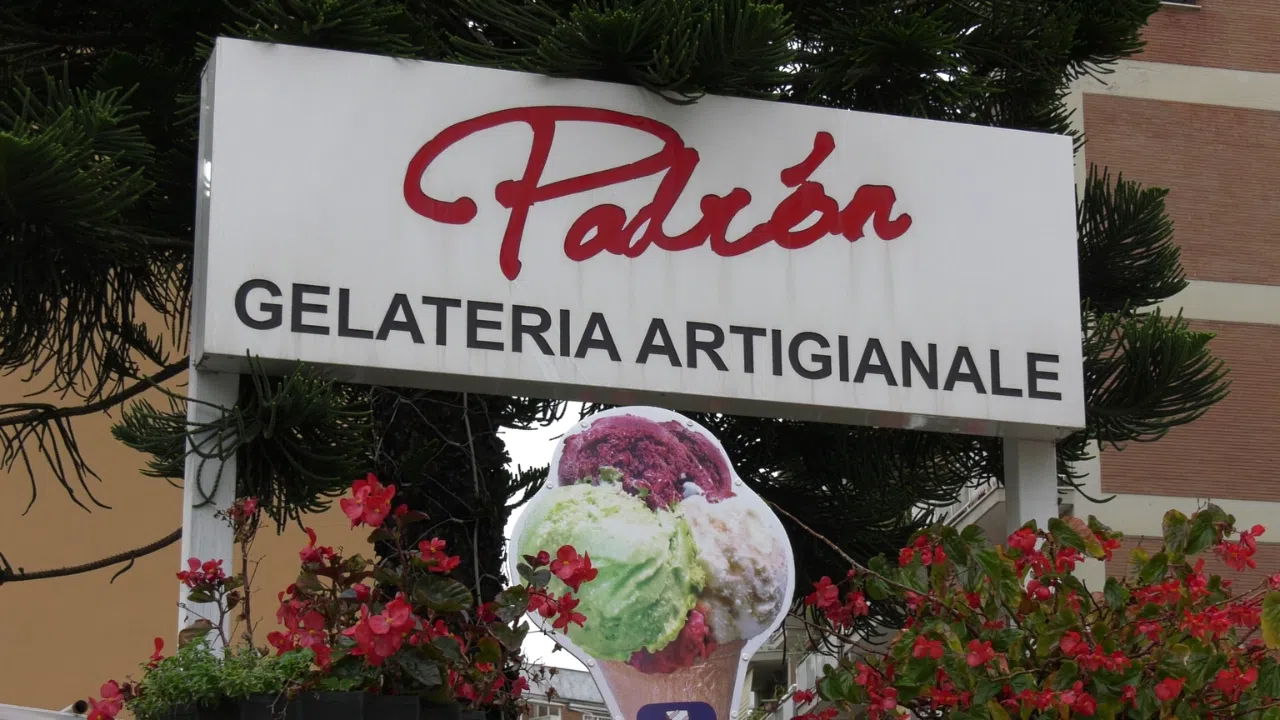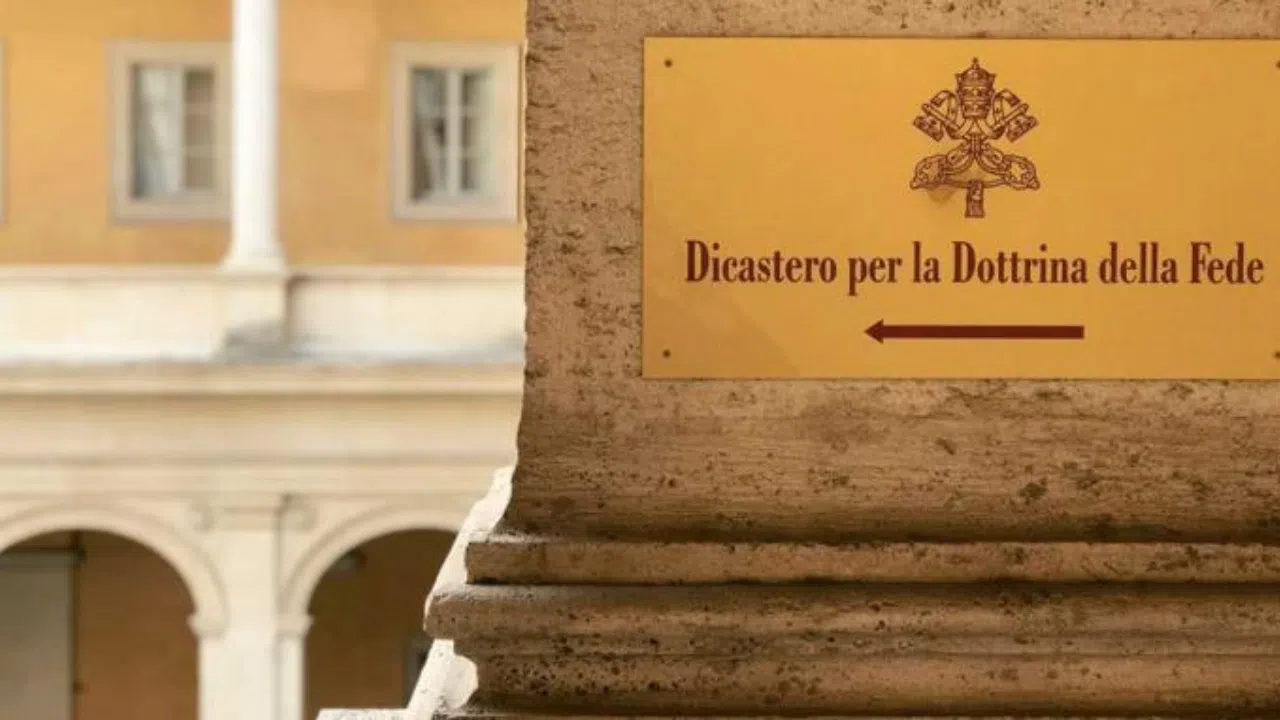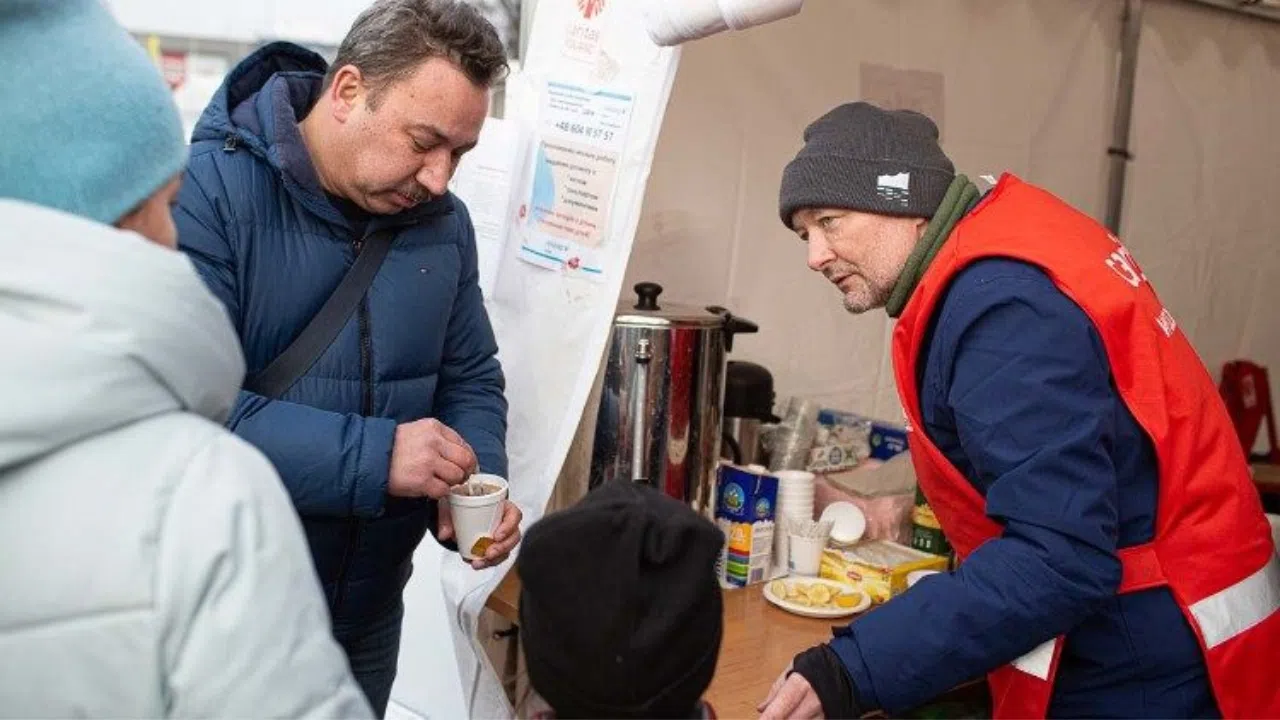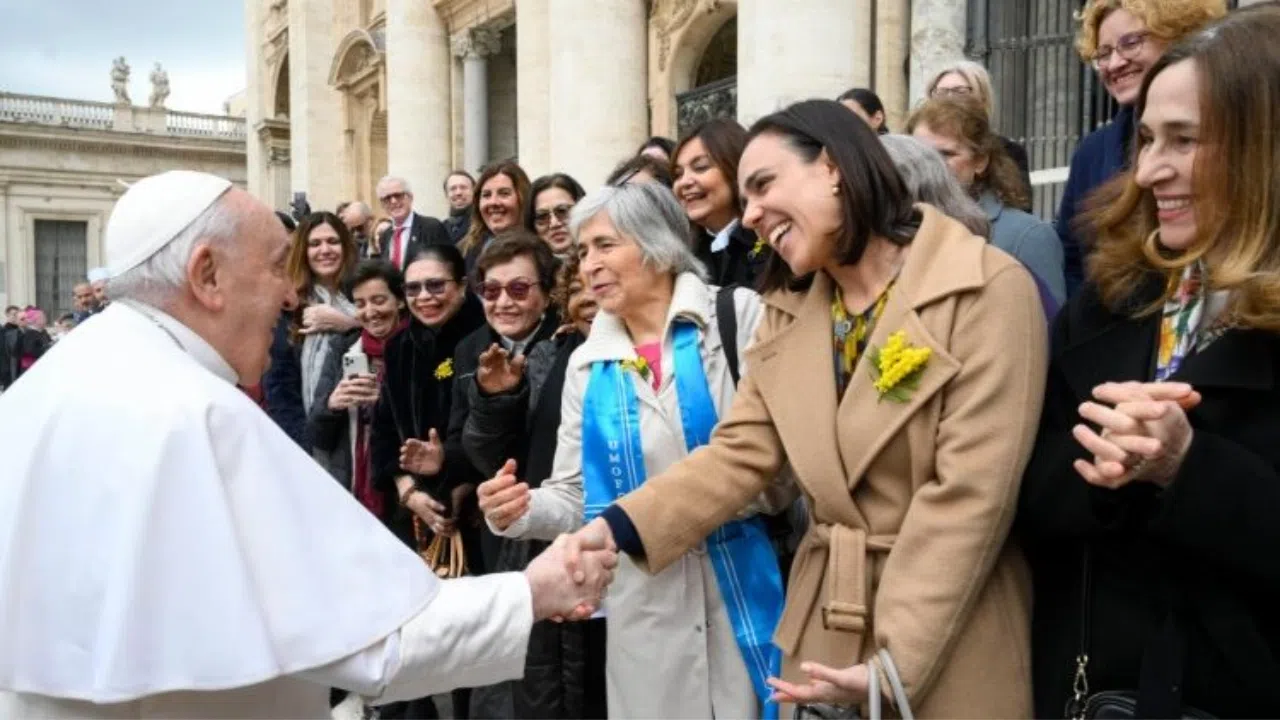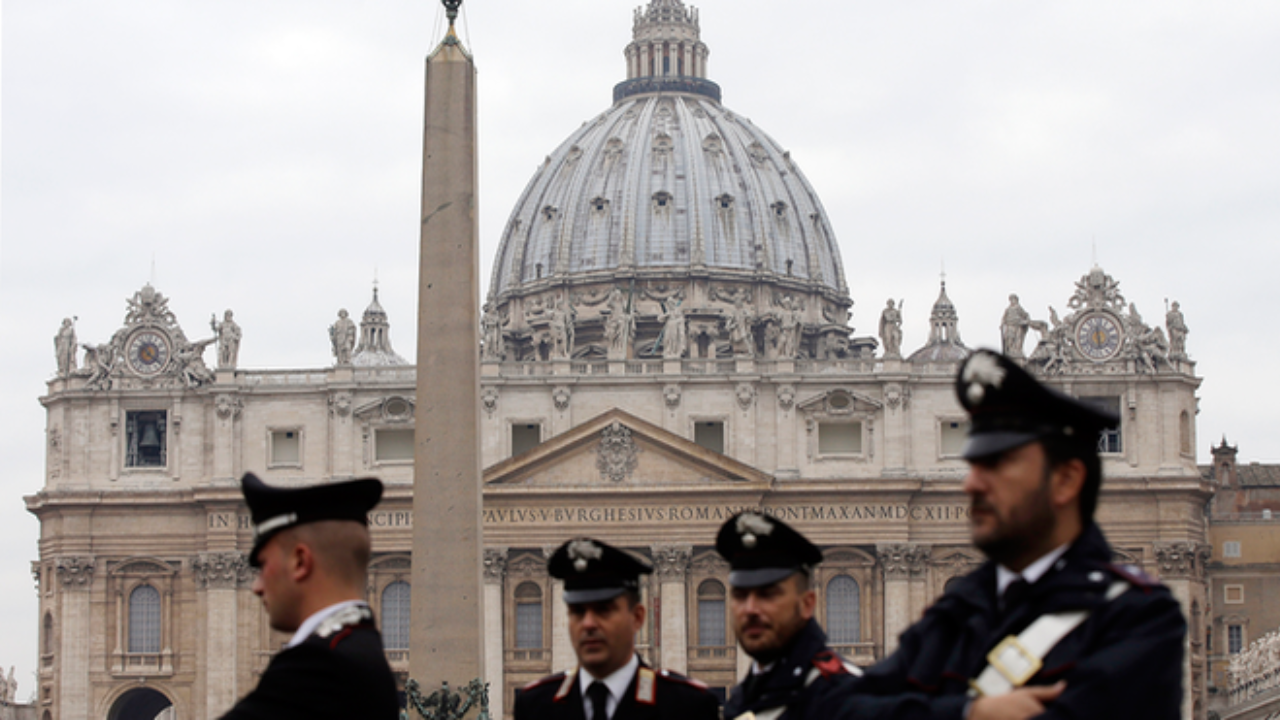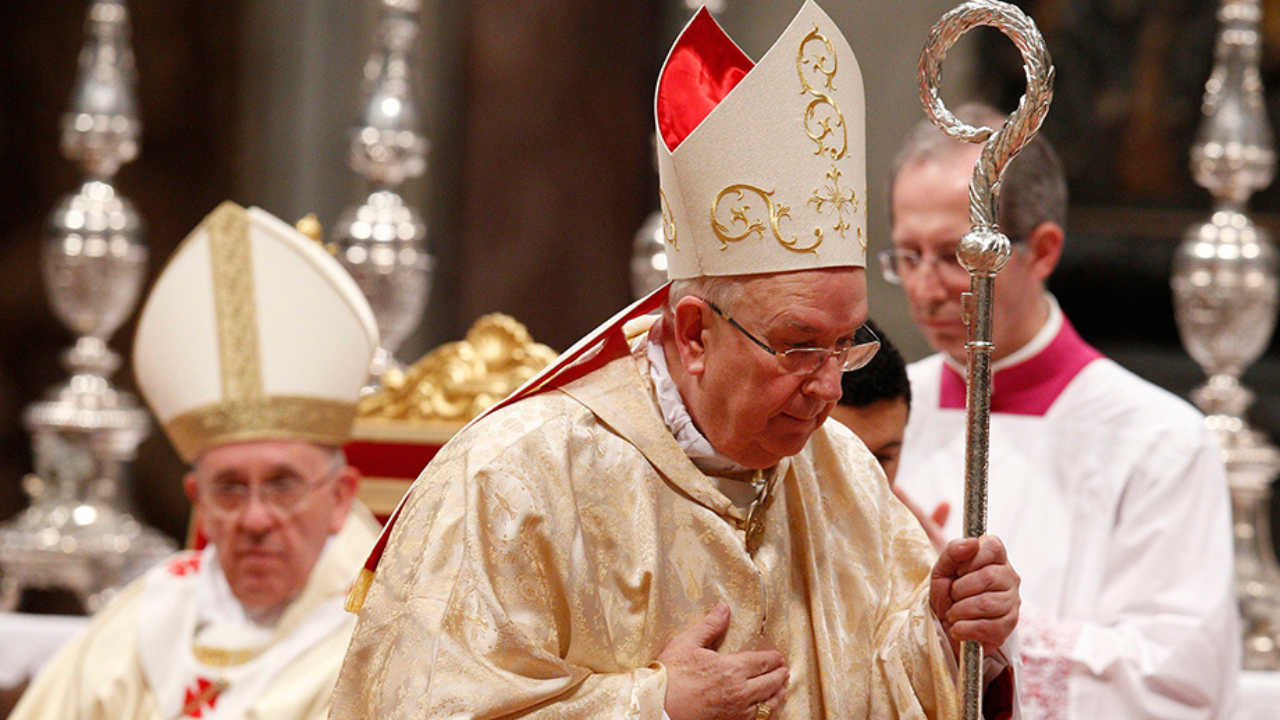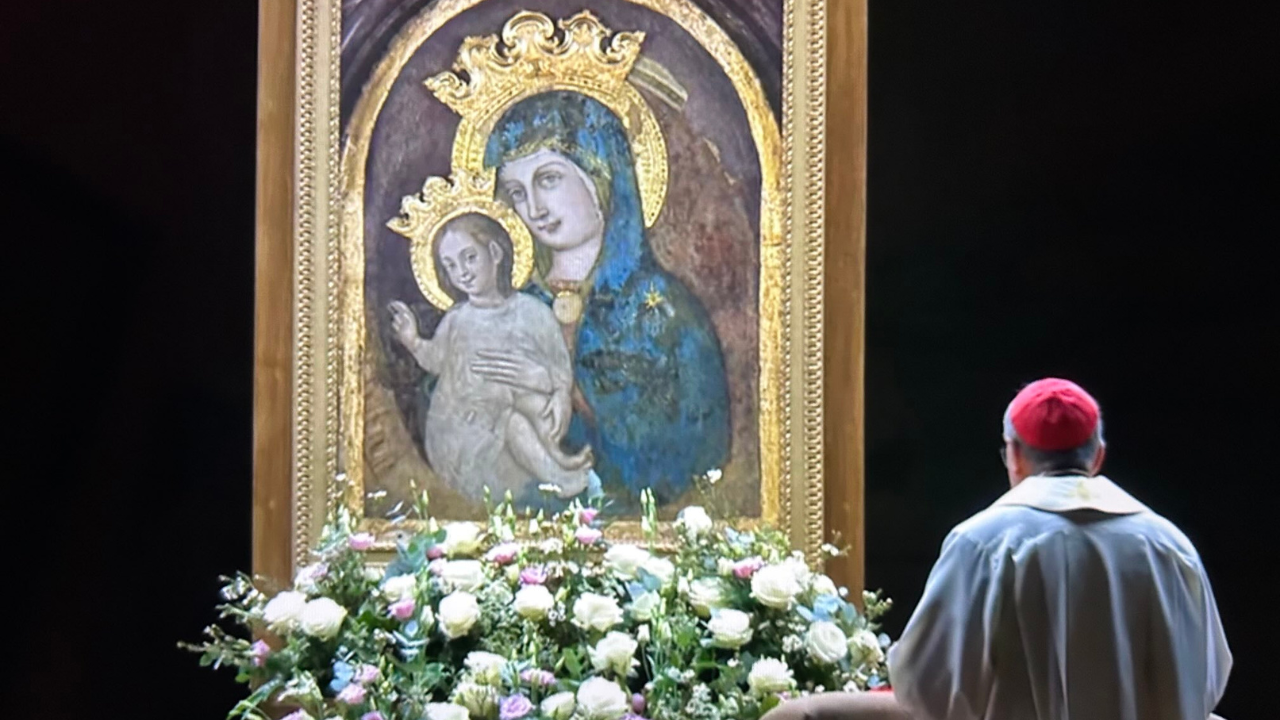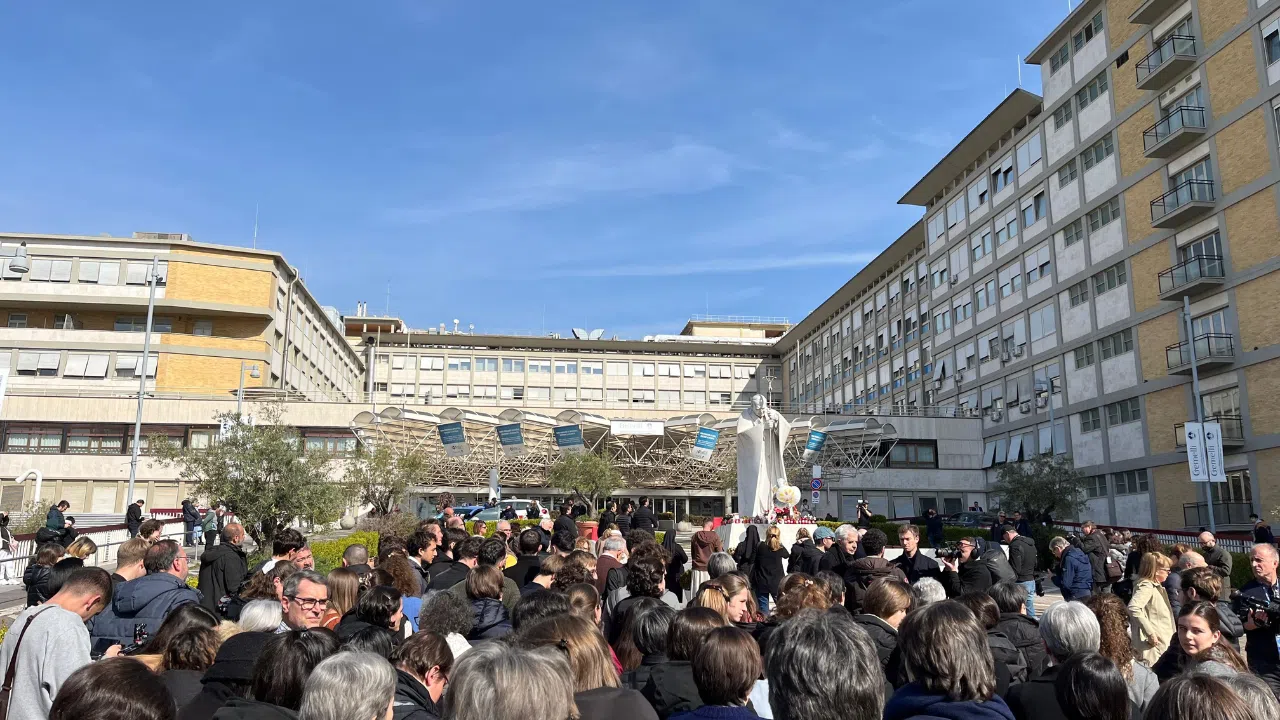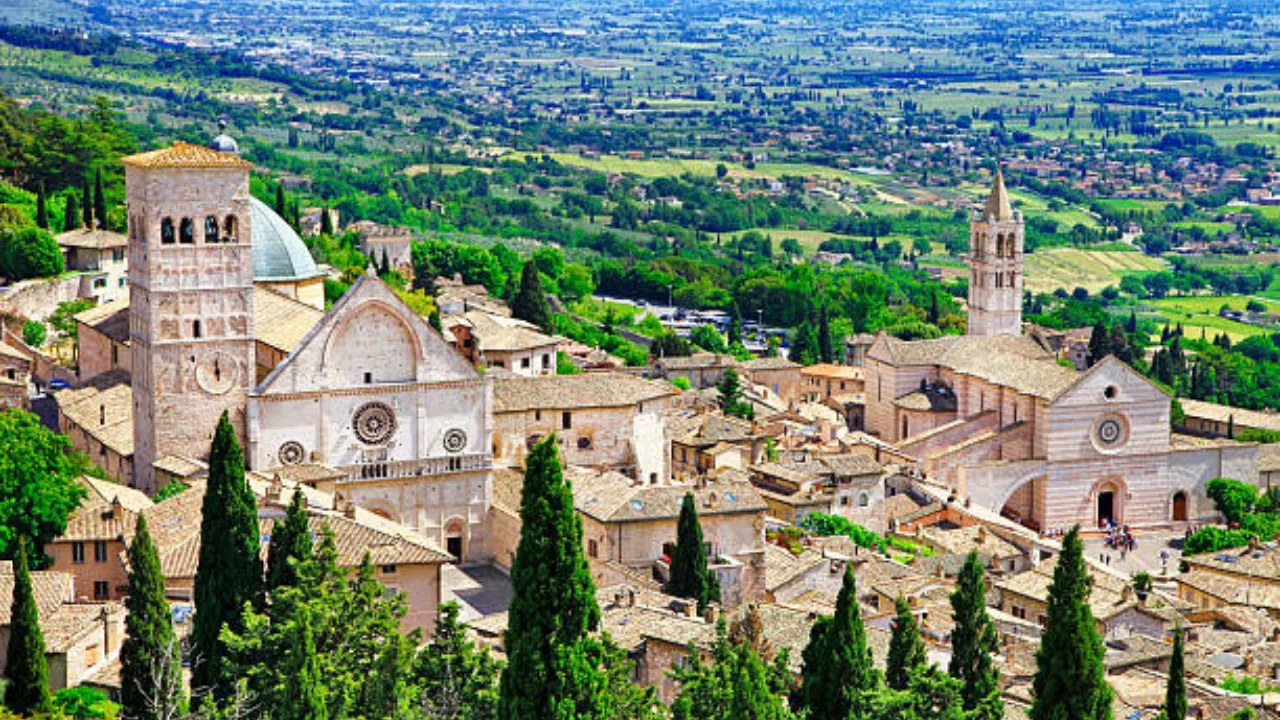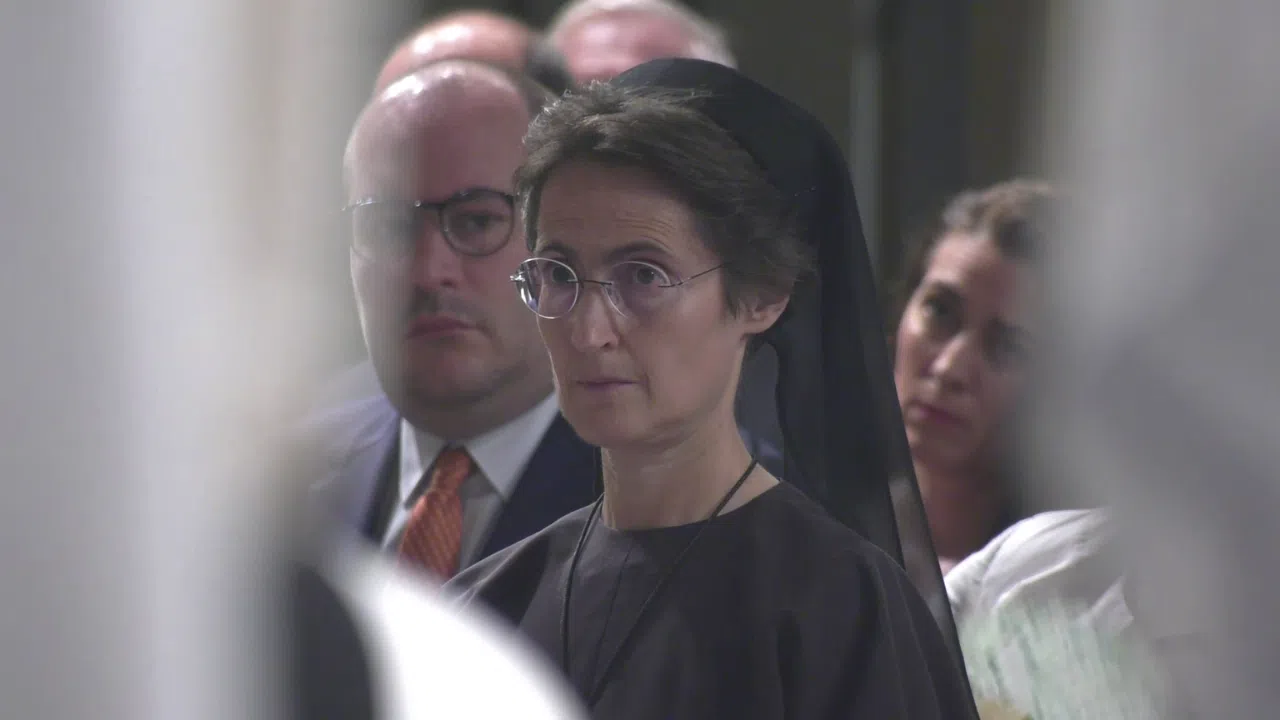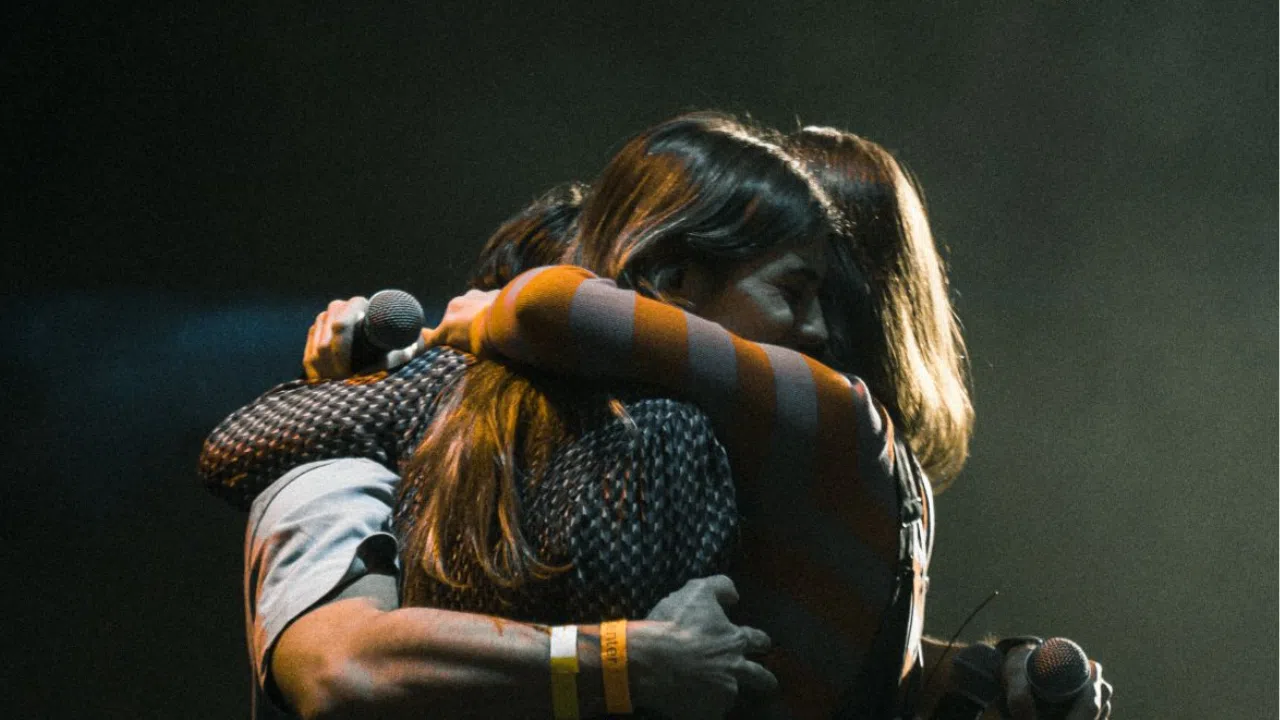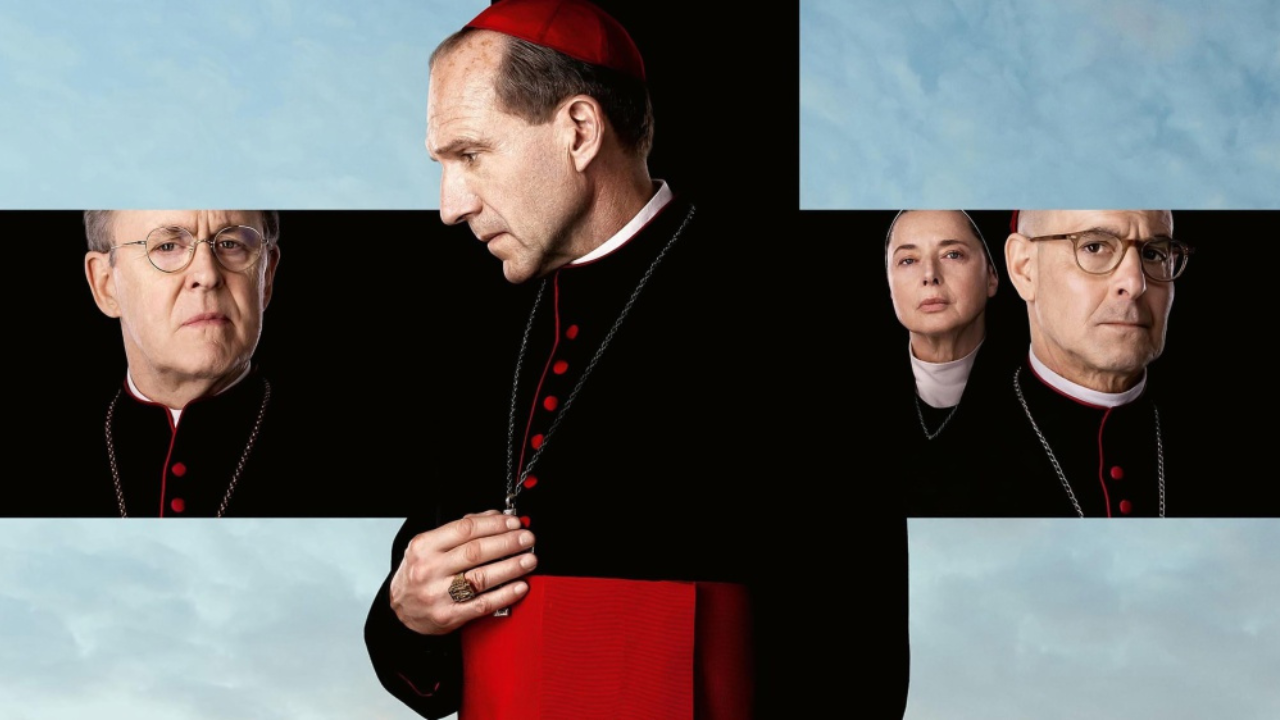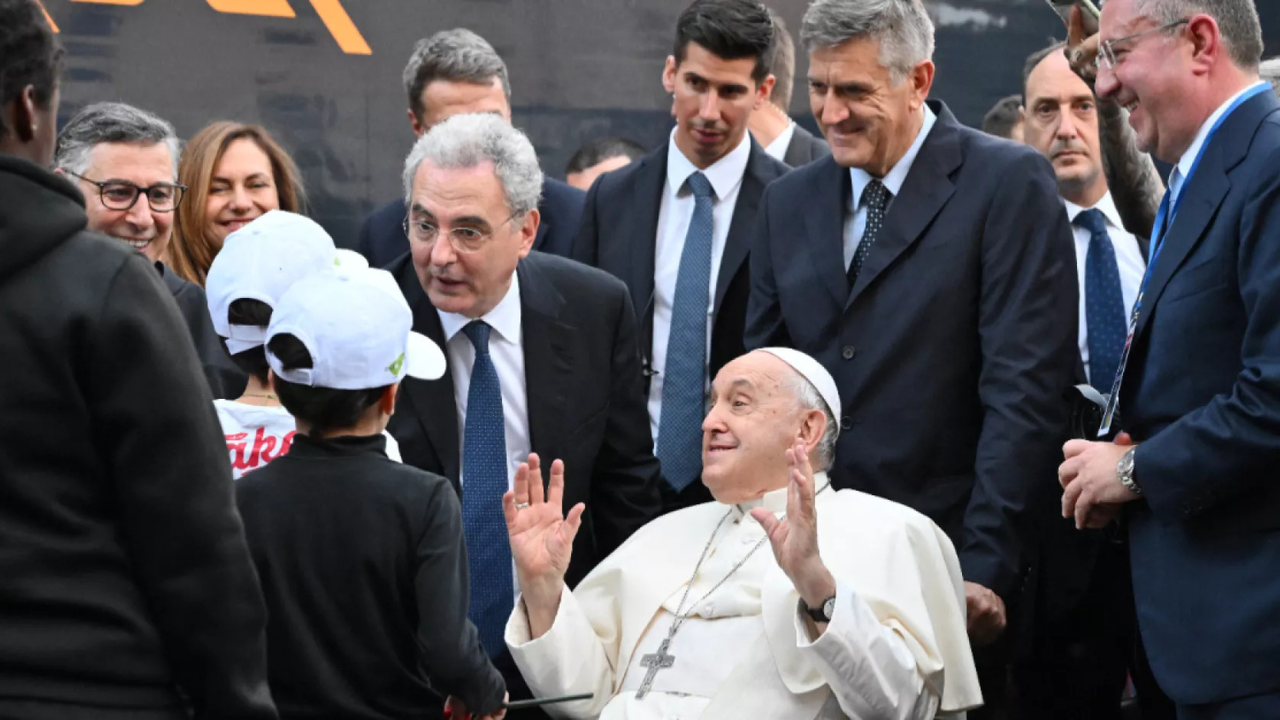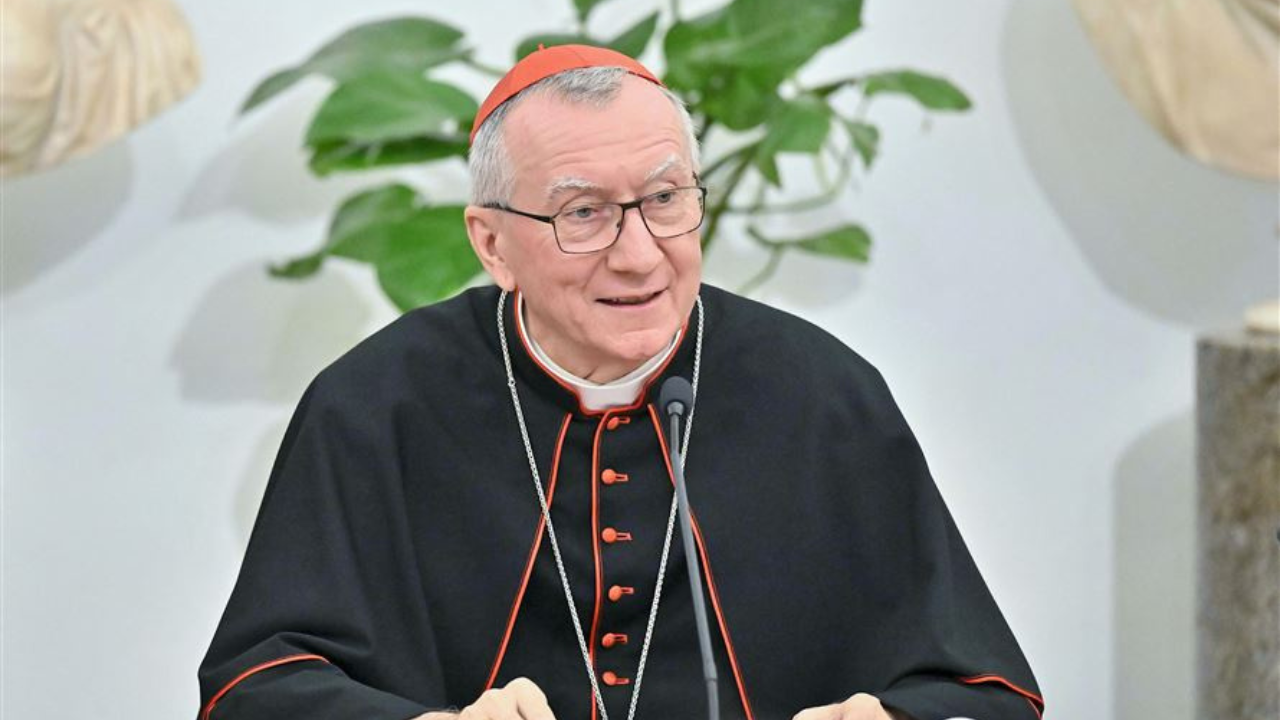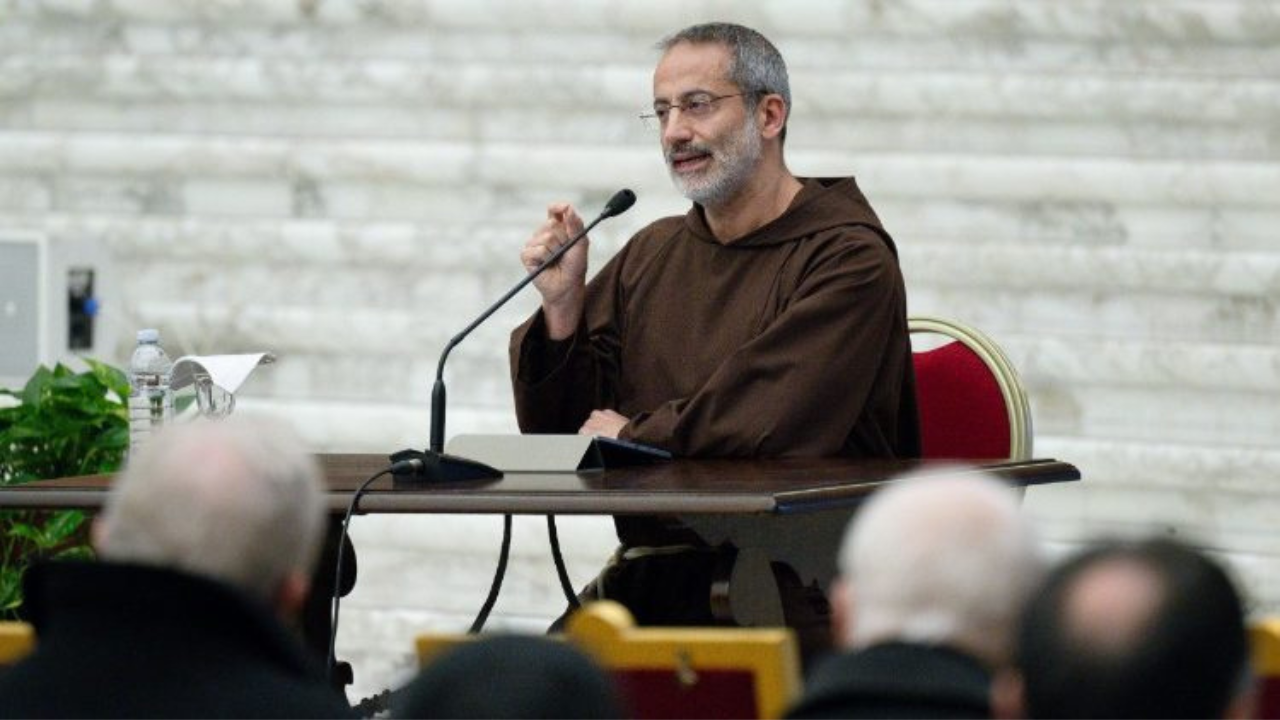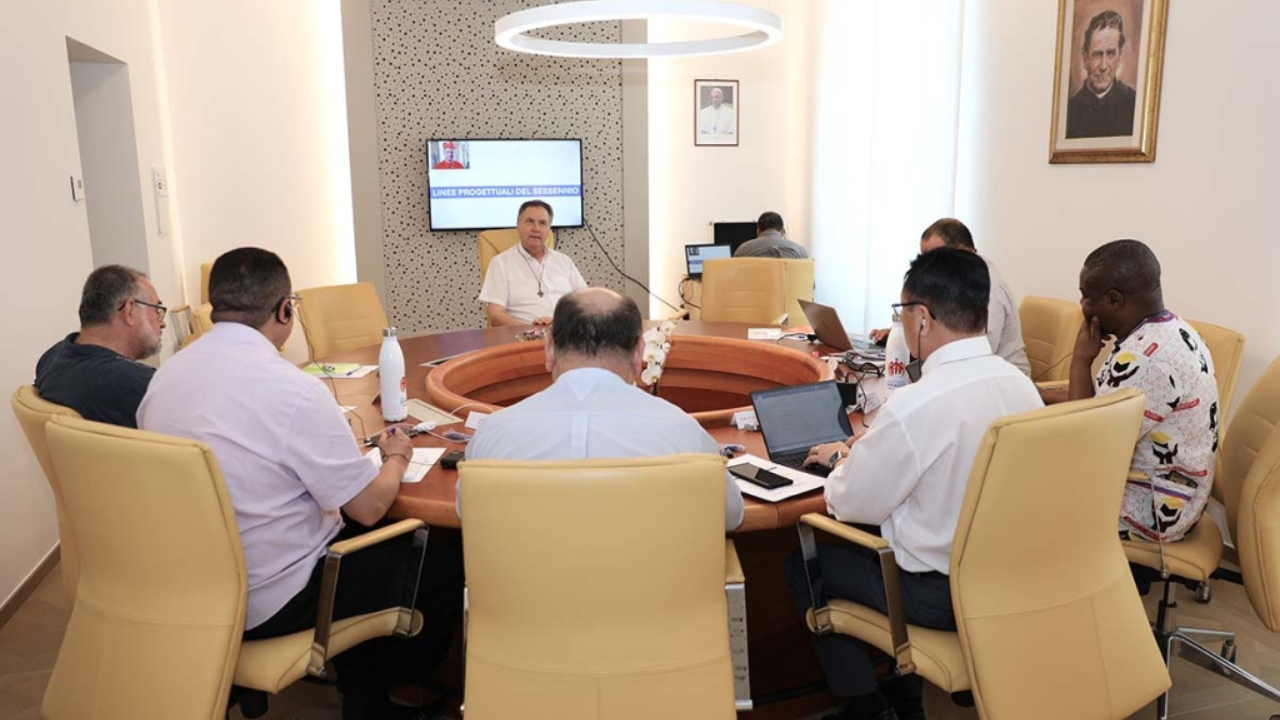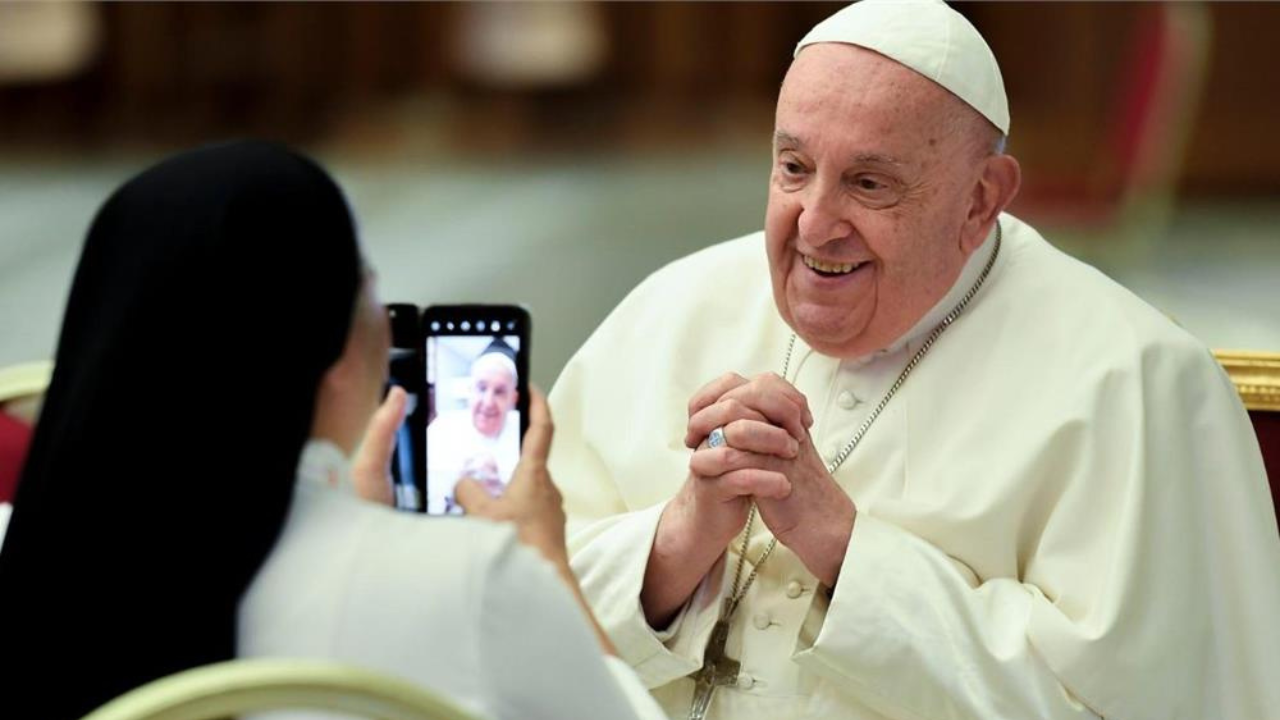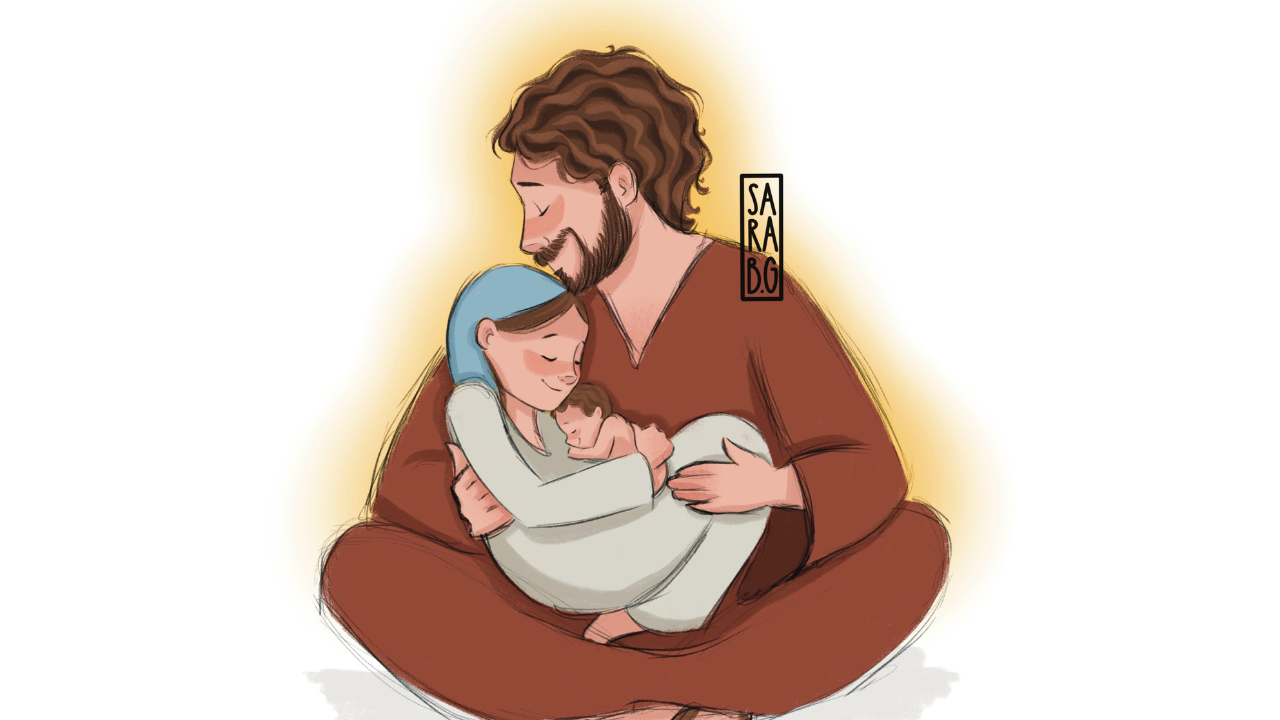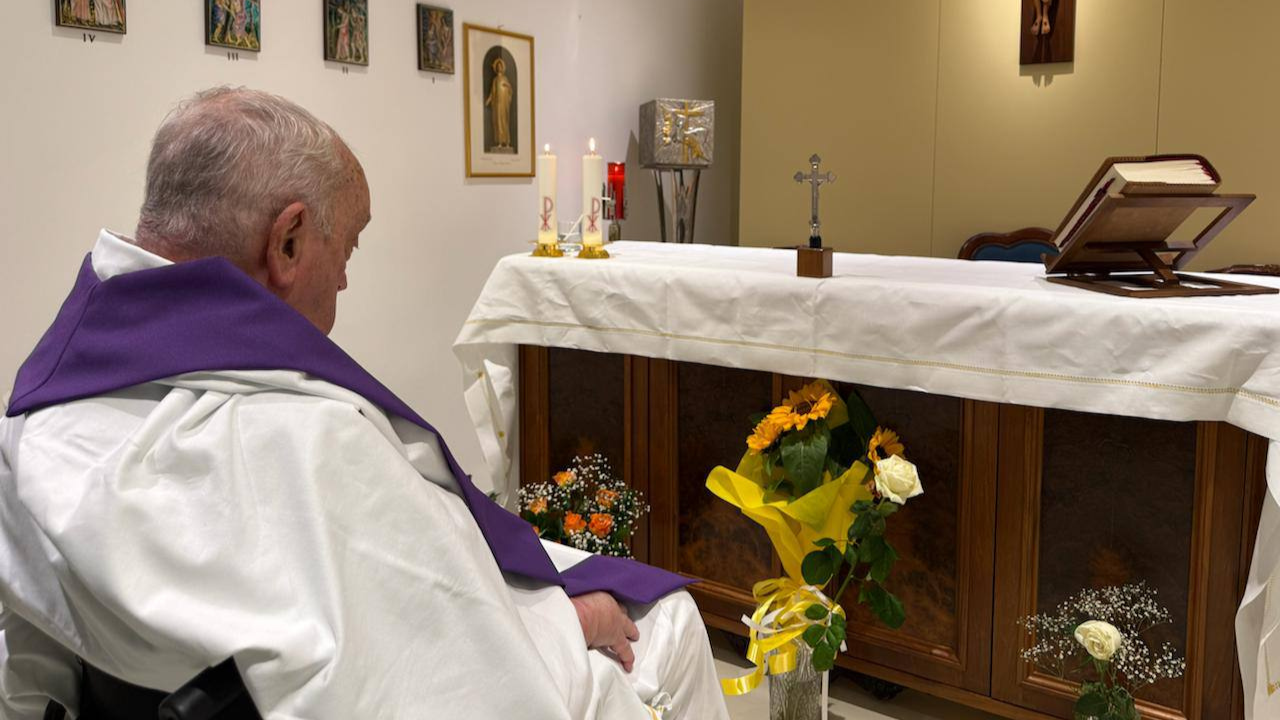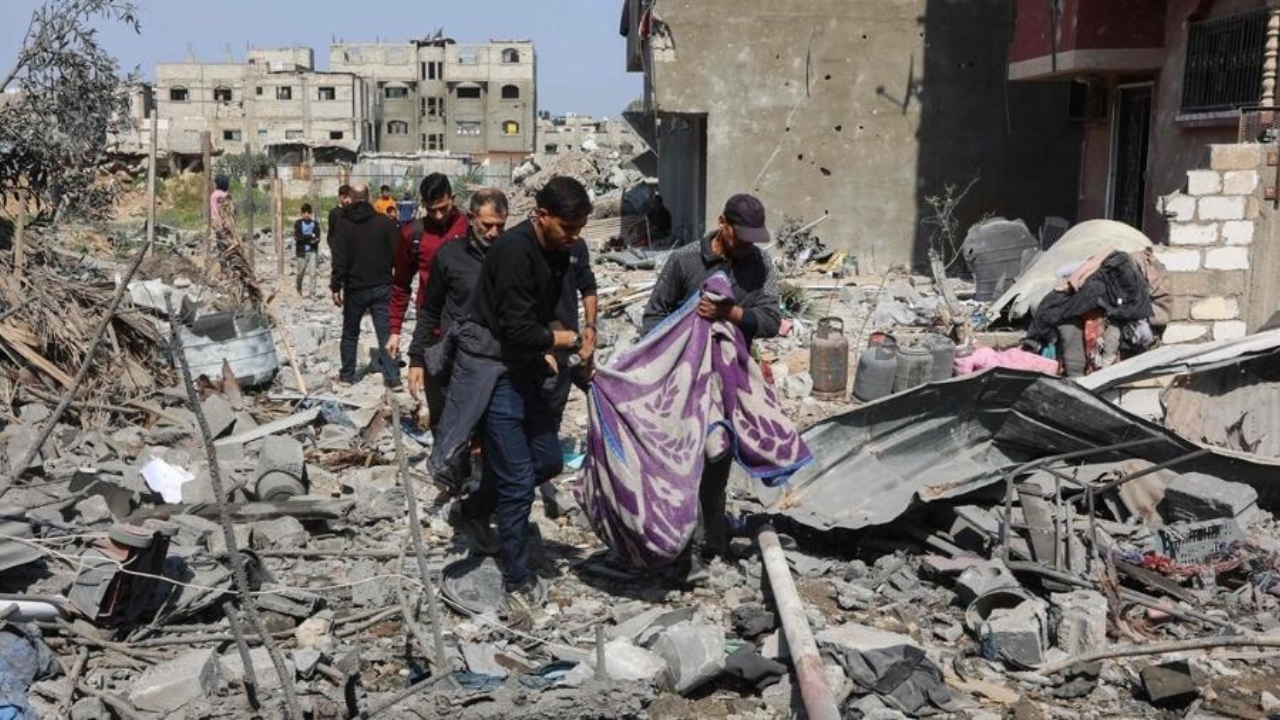Eighty-six years ago, during the Spanish Civil War, the city of Barbastro faced religious persecution. 51 seminarians, ages 21 to 25, and some priests were shot and killed because they would not renounce their faith. This is how they became martyrs of the Church.
FR. CARLOS LATORRE
Claretian Priest
Barbastro was actually a small town in Spain but there was a Claretian seminary. That's exactly where this terrible situation begins.
Barbastro is practically a martyr diocese.
In 1992, St. John Paul II beatified all of them. Their relics and mortal remains are in Barbastro, in the old seminary, today converted into a museum. Since its opening 30 years ago, over 100,000 people have visited it.
FR. CARLOS LATORRE
Claretian Priest
People can get to know the memories, visit the relics and pray to them in the crypt of the martyr's chapel.
In 2013, Director Pablo Moreno brought this story to life in a film entitled 'A Forbidden God.'
PABLO MORENO
Film Director
We were very interested in the film being one of reconciliation, a film of forgiveness. We were not so much interested in who had killed them, but why they had died. I think this is what doesn't get old. A decade can have passed and I think the message is still very relevant, regardless of your religious beliefs.
This film was one of the first projects Moreno and his team had worked on and the lessons they learned were not just technical ones.
PABLO MORENO
Film Director
'A Forbidden God' teaches us many lessons. The first one is forgiveness, the second one is reconciliation.
We live in complicated times where we have to learn to listen. I believe that 'A Forbidden God' offers us that possibility.
The martyrs' story is courageous because they chose death rather than renouncing their faith in Christ. Thanks to the museum and film, their story can reach more people and their memory can live on, even today.
AM TR: KG
